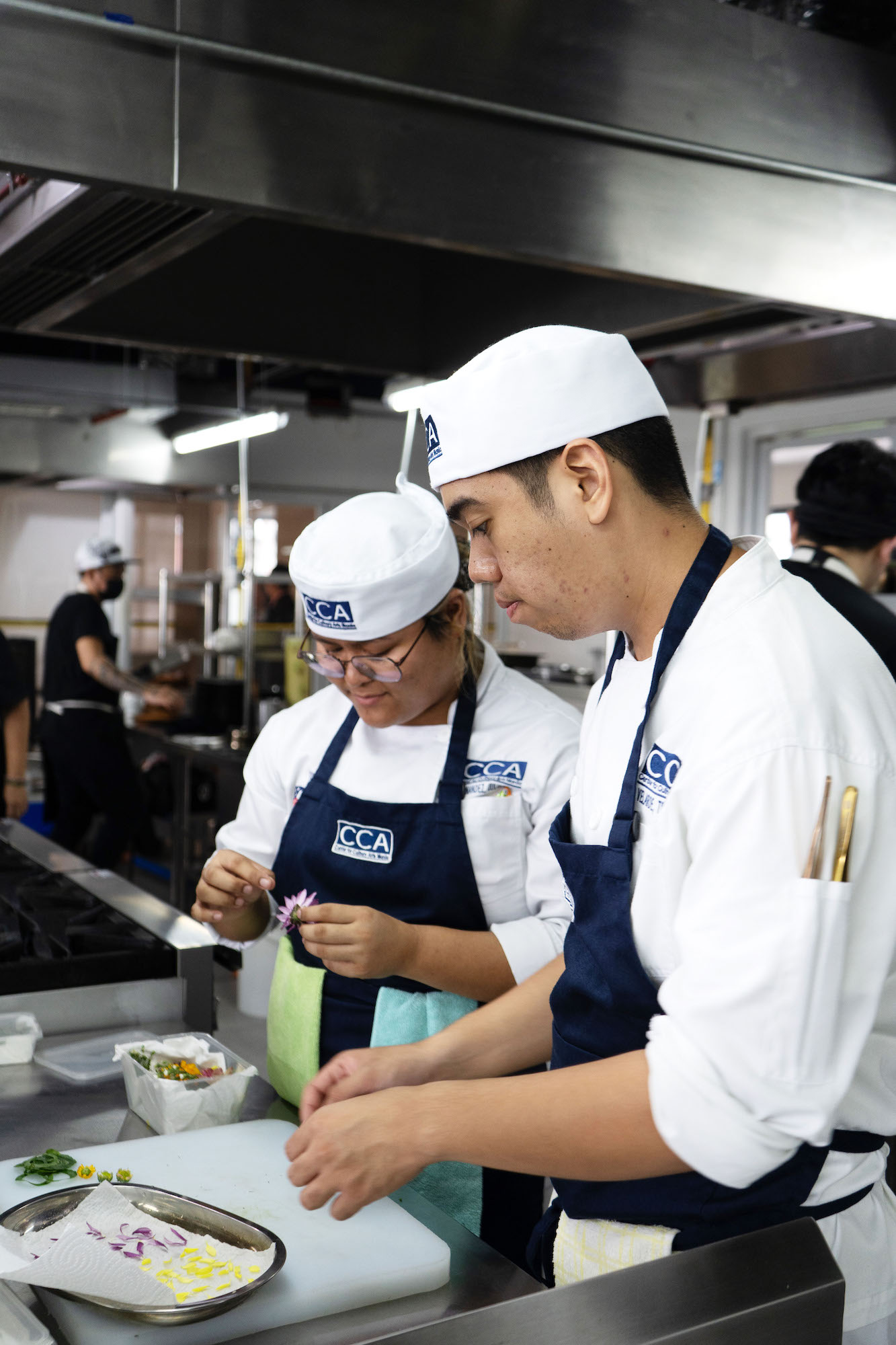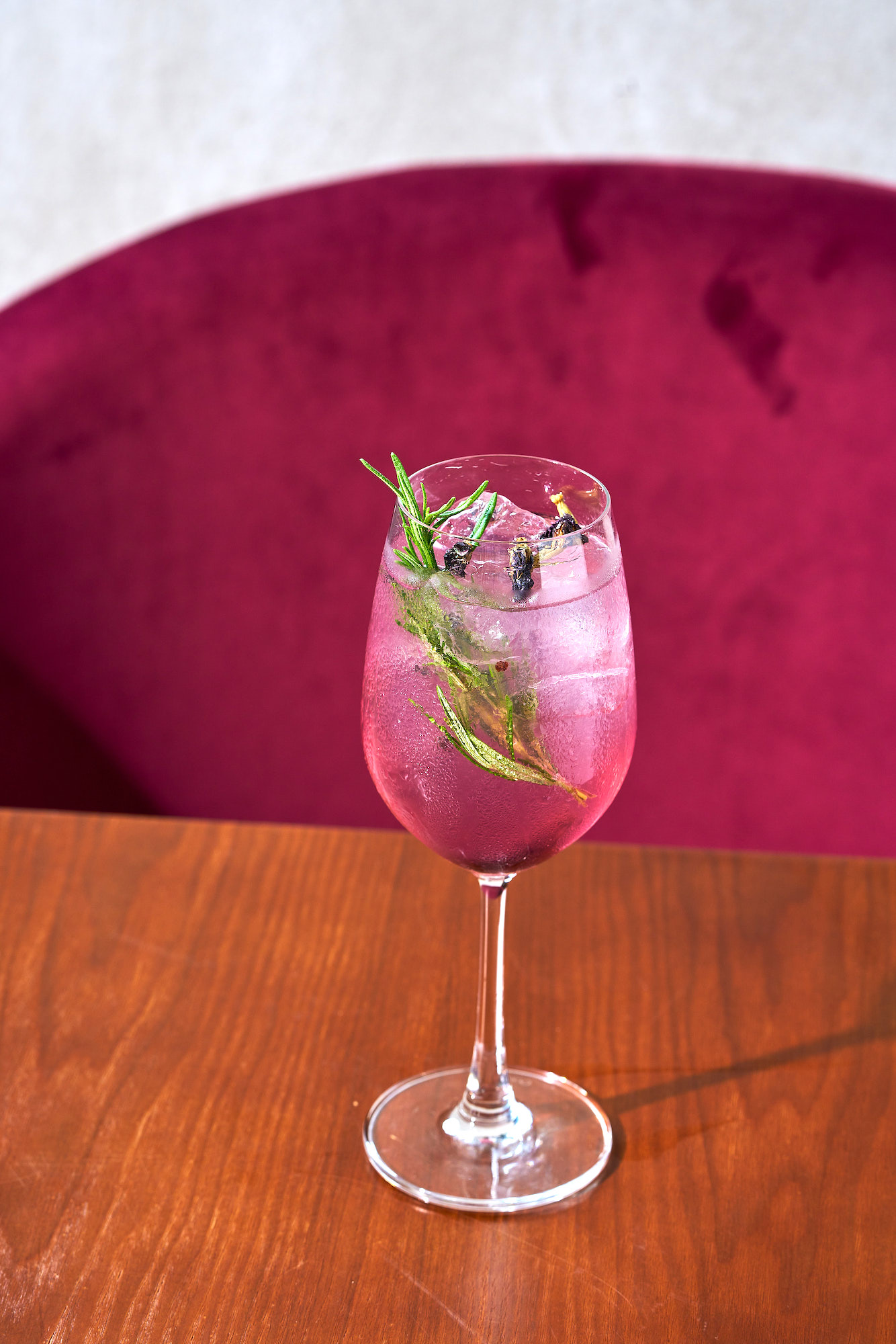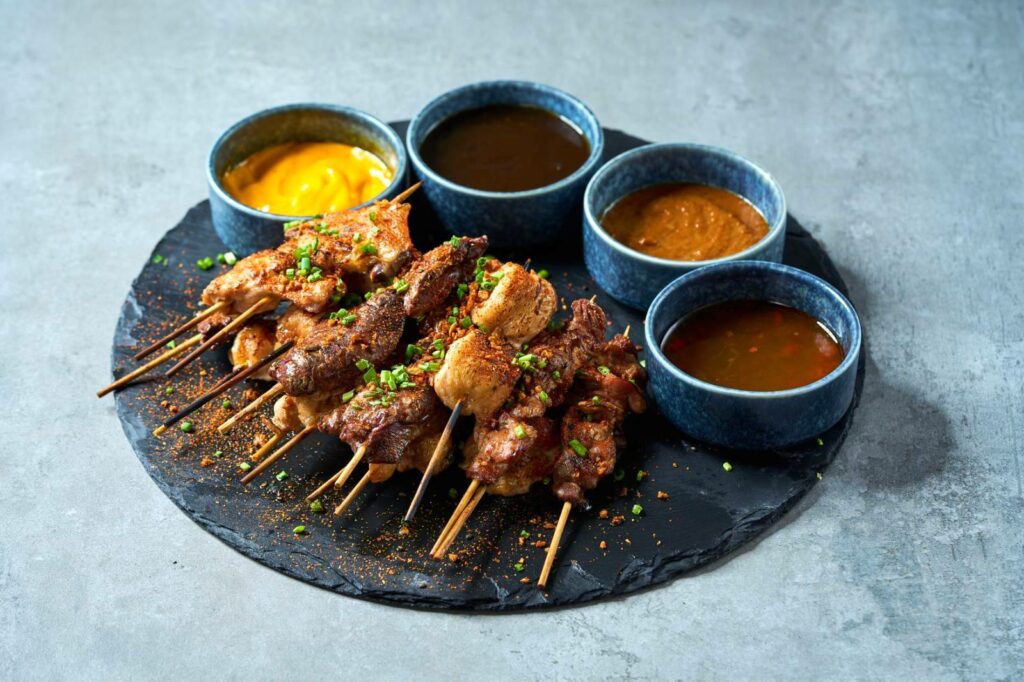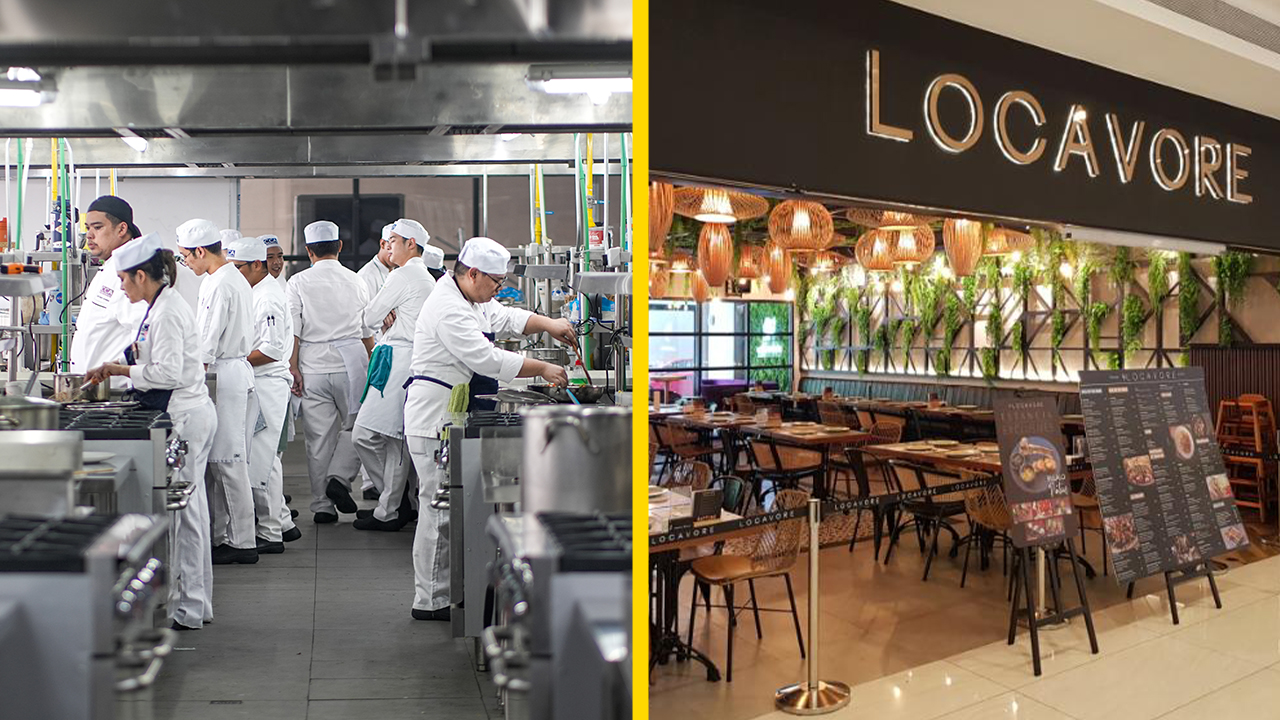Location is a large enough signal of a food business’ evolution. Why? Because it implies a heightened awareness of where you really need to be and who you really want to go toe to toe with to expand your share in the industry.
It is also a key determiner of self-awareness, the kind that zones in on your customers’ equally evolving needs. And although two of the establishments featured on this month’s F&B briefs are honestly loved and recognized by the Filipino market (as much as Bacardi’s first Filipino global master blender), their change of address is a welcome addition to the neighborhoods they are now in.
CCA Manila emphasizes accessibility in new BGC location
The Center for Culinary Arts (CCA) Manila has taken another step forward with the opening of its new Bonifacio Global City (BGC) outpost. Dedicated to providing aspiring chefs with real-world training, the new facility houses a grand kitchen laboratory with 45 individual cooking stations and a modern kitchen studio ideal for product demonstrations, private dinners, and industry events.

“Our new home is located inside the academic enclave of the University of the Philippines BGC campus for professional studies,” says Badjie Trinidad, CCA Manila president. “Since this area is also within the University Parkway where international schools are located, our students will have easy and safe access to top destinations such as restaurants, malls, parks, offices, and residential buildings.”
But regardless of where it is located, the core of CCA Manila remains the impact of its culinary offerings—from flagship programs like the diploma in culinary arts and technology management to intense short courses for skills enhancement, and even the six-month professional chef course in partnership with Rouxbe, the world’s largest online culinary school.
Locavore finally lands in Estancia—with new cocktails to boot
You’d be hard-pressed to find someone who doesn’t know Locavore. If you can pull off a twist and wreak havoc on a Filipino classic that’s as smashing as the sizzling sinigang without earning the ire of the general public, then you’re reliably good in anyone’s book.
And when you have a dependable following and positive ratings on Google, then you know you’re in it for the long haul. That’s what Locavore has been quietly doing for years—even when it comes to opening new branches.

Their latest and seventh outpost in Estancia is strategic as it’s become a serious food destination that feels like it’s just minding its own business on this side of the city. “Estancia’s vibrant community and diverse food scene perfectly align with our vision of celebrating the rich cuisine of the Philippines while also infusing it with a fresh twist,” says the Locavore team.
While Locavore promises to deliver the same barrage of creative Filipino cuisine using locally sourced ingredients, it’s their new line of cocktails from veteran mixologist Lee Watson that will get everyone buzzing.
Featuring a total of seven drinks, Watson’s deft hand at fusing flavors is entertaining as it is enlightening. “Cocktails can complement food in more diverse ways than beer or a glass of wine,” says Watson.


“A cocktail can stimulate appetite as an aperitif, complement a dish, cleanse the palate between dishes, or help settle your stomach as a digestif. It can do this with a broader selection of flavors and ingredients than typical alcoholic beverages. And cocktails are increasingly becoming more complex in ways which match the complexity and techniques of food.”
You don’t have to read between the lines that Watson and Locavore are a match made in heaven, regardless of the two seeming contrasts at play here—Locavore’s (occasional) disregard for traditional food rules and Watson’s razor-sharp cocktail alchemy.
But when it comes down to it, the results that spawn from these live up to expectations.
First Filipino Maestro de Ron shares exclusive blends in homecoming
It was an electric homecoming of sorts for the first Filipino global master blender Troy Arquiza.
Arquiza has spent more than two decades with the family-owned company Bacardi, honing his craft as a rum blender and training for years under Jose “Joe” Gomez who retired after 41 years with the brand.

With the title of Maestro de Ron under his belt, Arquiza is continuing the legacy of his predecessors initiated in Santiago de Cuba almost 160 years ago when Don Facundo Bacardi Massó created Bacardi Carta Blanca, the first mixable rum.
Based at Casa Bacardi in Cataño Puerto Rico, the largest premium rum distillery in the world, Arquiza leads a team of rum blenders to protect the integrity and quality of the Bacardi rum enjoyed around the world.
In his role, Arquiza joins a prestigious family of master blenders and distillers including Stephanie Macleod (Dewar’s® Blended Scotch whisky), Anne Brock (Bombay Sapphire® gin), David Rodriquez (Patrón® tequila), Beppe Musso (Martini® vermouth), and François Thibault (Grey Goose® vodka), whose expertise have helped craft the most iconic drinks in the Bacardi portfolio.
He also oversees the distillation on aging of Bacardi rum, helps develop innovations in the rum category, and shares his skills to nurture the future generation.





